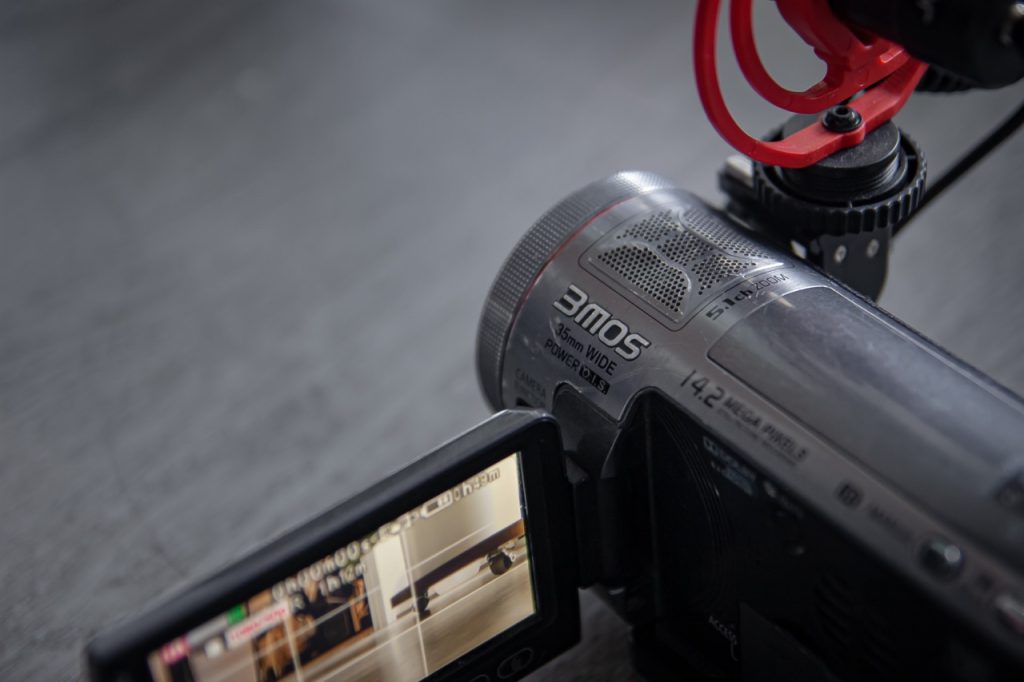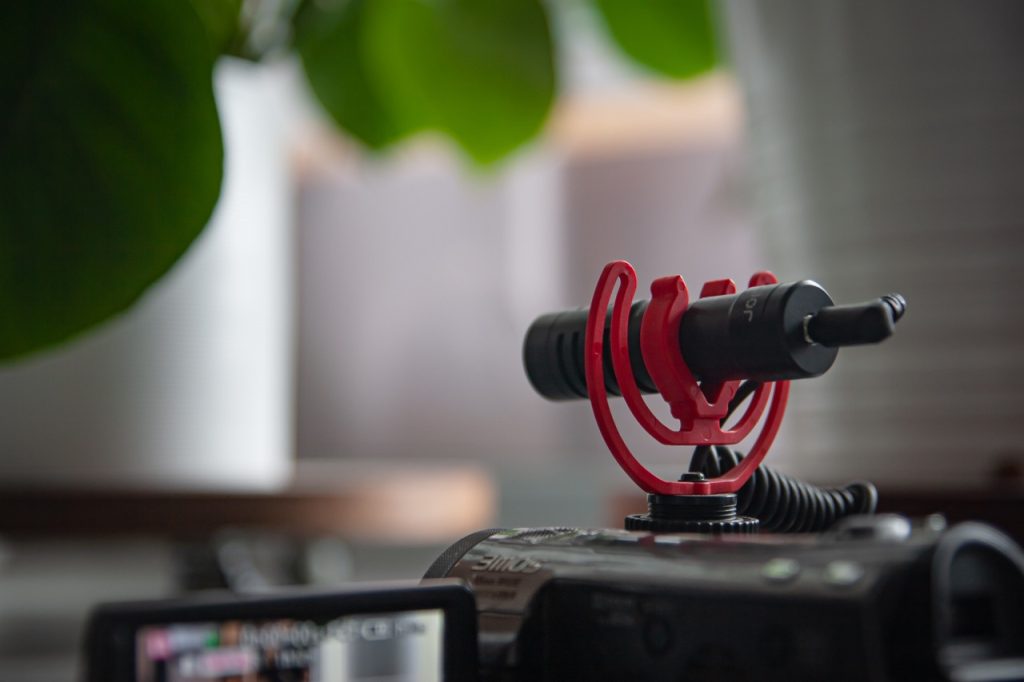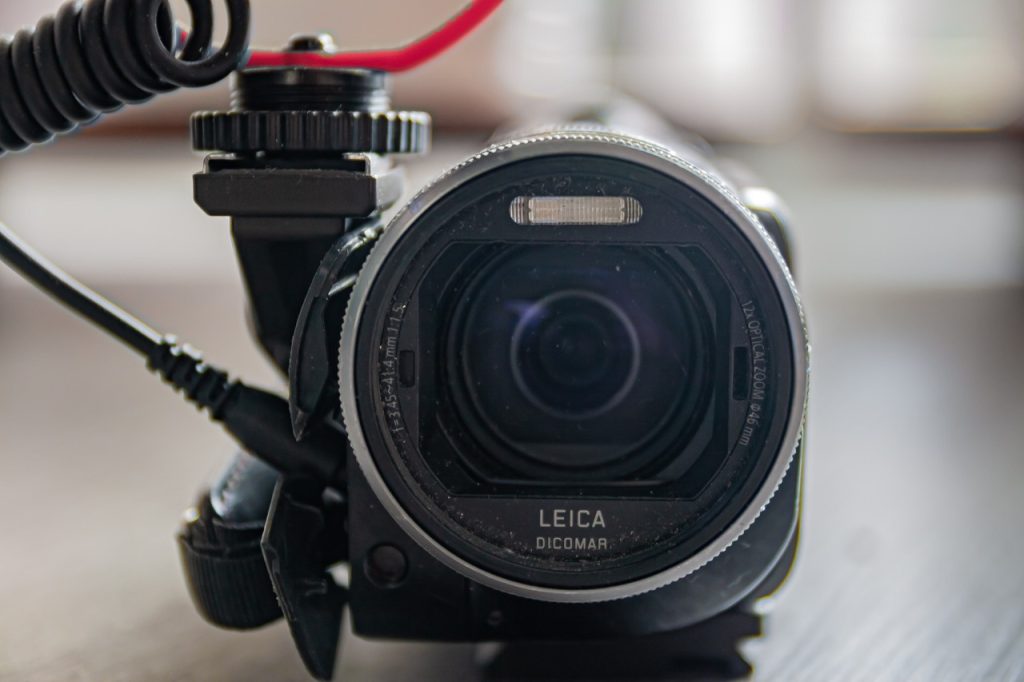Now, if I was to pin down the entire reason why I have a career, i’d have to narrow it down to two reasons.
The first reason why I have a career in design and video production is that I learnt how to pirate the Adobe Master Collection as a teenager. If it is imperative to learn a piece of software to perform a task, in my opinion it’s okay to pirate it. It makes no financial sense to someone who is learning how to use Adobe’s products to go all in on a $2000/yr subscription to Adobe CC. So, learning how to crack this software and remove its DRM is entirely the reason why I can work in the design and video production fields. It allowed me to learn the tools to the point where now, I can afford to pay for a license.
Now, if you were to name one piece of tech that single-handedly underpinned my career in videography, it’d probably be Panasonic’s most underrated camcorder. The Panasonic HDC-SDT750, or as I like to say, the camcorder which helped me to build my career in videography.

The HDC-SDT750 was part of Panasonic’s line of 3D-Capable, handheld camcorders that were first released in 2010, this camcorder boasted a unique sensor array that Panasonic called “3MOS”, basically it was 3 2.5 megapixel CMOS sensors which utilised a beam splitter to seperate the red, green and blue channels into 3 seperate 1/4.1″ CMOS sensors, akin to what Professional-grade camcorders of the time did, albeit on a much smaller scale and in a hand-held form factor. This camera could shoot HD (1920×1080) video at 50 frames per second with progressive scan (also known as 1080p50) with a global shutter to reduce the rolling shutter effect you see in DSLRs. It also utilised Panasonic and Sony’s AVCHD codec, a codec which combines conventional H.264 MP4 Video with either a Dolby AC3 (compressed) or Linear PCM (uncompressed) Audio stream.
At the time of this camera’s release, the use of SD Cards for recording to the camera was practically unheard of, with most cameras opting to use an internal HDD or DVD recordable discs to record data. Now the latter was convenient for say, people looking to film home movies, because all you had to do was pop out the disc and play it in a compatible DVD player. The latter, well, whilst HDD camcorders were higher capacity than their flash memory counterparts, it was considerably harder to get good quality audio out of these camcorders, due to the constant clicking of the camera’s internal hard disk. Hard disk camcorders also faced issues when capturing fast-paced sporting action, as they’d often fail due to physical bumps and shocks.
This is where the SDT750 shines. Panasonic was pushing the SD Flash Memory standard for a good while at this point, with Sony’s AVCHD cameras relying on the failed Memory Stick standard and eventually switching to the SD Card standard after SD took off. (The memory card format wars are a blog post for another time) and as a camcorder, this camera can handle up to a 2TB SD Card thanks to its SDXC support, which is plenty of storage considering this camera only shoots at 24mbps (180MB/min), the default bitrate for AVCHD video, which means with a 2TB card, you can pack in a whopping 180+ hours of recording time in said card. Your limitation of course, being the 4GB relative file size limit of the FAT32 file system being used by said SD card.

In addition to the flash memory, this camera boasts really good colour accuracy, with only a slight variation of colour in the reds. However, this can easily be corrected in post-production environments or by setting the white balance manually before recording.
Yep, this is a camcorder that actually gives you granular control over your images somewhat. The fact that this has adjustable settings makes it a compelling purchase for a budding filmmaker, as you can actively change settings in it to experiment and learn about what these settings do. Now some of these settings are strange and will take some getting used to, especially if you’re coming from say, the photography space. For example, instead of ISO, you control brightness by means of something called “Video Gain”, where your aim is to basically keep that gain setting as low as possible. This camera allows you to push the sensor signal an additional 12dB, which might result in grainy footage in low-light situations but in moderate light with a little post-production NR using something like Red Giant Denoiser or AE’s own built-in denoiser, you can get some truly stunning footage out of this camera.
The ring at the front of the camcorder allows for control over the iris (that’s aperture to you photographers), gain (ISO) and focus settings when these options are enabled in the settings menu, or alternatively you can use the ring to control zoom with your other hand.
Speaking of focus, contrast-based focus peaking is by far one of the handiest features this camera has in its arsenal that it borrows off of professional camcorders. You can also enable zebra-striping (basically a setting which helps you avoid blowing out the whites in your footage) and cinema colour as well. (which brings your footage into a Rec.709 legal colour space to some degree for an improved colour grading experience) There’s an optional rule-of-thirds display which you can enable too to improve your framing. All features that you can find on professional camcorders to this day (these are all features that both the Panasonic UX180 and Sony A7s that I use for production work have built-in)

The welcome addition of a coldshoe and microphone port make mounting compact external microphones such as this Joby Wavo an absolute breeze. There isn’t any 48V phantom power support, but when you couple this camcorder with a microphone that doesn’t require phantom power and relies solely on line voltage (this Wavo, the Røde VideoMicro and especially dual capsule mics like the Deity D4 Duo) it makes a fantastic little vlogging and YouTube camcorder. There’s also a headphone output for monitoring audio. I’d recommend using some low-impedance IEMs for this.
The 46mm lens thread is perfect for threading on Variable ND and Circular Polariser filters (an essential if you shoot video or take photos outdoors in my opinion) and also allows you to secure on a standard 46mm lens cap or lens hood, for when the inevitable happens and the lens cover shutter eventually stops working… which it will. (It’s literally the only flaw I find with this camera.)

The lens is another big party piece with this camera. Co-developed with Leica (or rather, it is made by Panasonic with technical and specification advice from Leica, as is the norm with Dicomar-branded lenses) this lens boasts a f3.45-f4.14 aperture with a 35-420mm (35mm equivalent) zoom range. Truly staggering by modern standards. If you were to say, expand this zoom range to a true 35mm full-frame sensor size, you’d be looking at a lens that’d be the size of your arm, and that’d cost you both kidneys to purchase. Now of course, this means you do not get the depth-of-field and clarity of said full-frame sensor, but you do get the convenience of optical zoom, and when paired with a compact video tripod with say, a Manfrotto 128RC drag head (or similar), you can get some really remarkable shots with it.
But there is a trick to getting nice bokeh out of this camera. In a well-lit area, stick an ND4 on it, zoom in to say, 8x zoom, open up the aperture, set the gain to 0dB and then, enable manual focus with the contrast focus peaking. Bam, instant focus-racking out of a cheap as heck camcorder.

That’s the beauty with camcorders like this one. The fact that it makes you work for your shots and learn a little about its limitations helps you to learn to be a better filmmaker. Just like how using a film camera or an older DSLR will teach you how to take better shots due to their limitations when it comes to exposure, shutter speeds and colour science (especially when it comes to older DSLRs like the Canon 30D i used to take these photos with!) This camcorder will teach you the very fundamentals you need to work on practically any other camcorder. The skills you learn on this little guy can take you all the way to an Arri Alexa, or a Sony FS7, or like what I use today, the Panasonic UX180.
Camcorders like this are all about balancing convenience and quality. Just like my article about the iPod earlier, I think that in some ways, things were indeed done better in the past. Now the fact that Camcorders like Panasonic’s HC-VX1 and Sony’s FDRX series still prove that in some ways, camcorders are very much a desired product, just like how FiiO, Sony and Pono are still producing MP3 Players to cater to those who want to still have an iPod-esque experience in 2023 without going through the rigmarole of modding an iPod.
As a specialised device, this camcorder can take better-looking video in 1080p than my Galaxy Note 9 can take in 4K, it can in some ways, take better looking videos in that resolution than the 4K Capable iPhone 13 Pro on a count of its superior optics. This is purely down to physics. Bigger sensor, bigger and better lens with better optics, A better suited form factor, more specialised, video-specific hardware, and extended recording times make it a no-brainer for me. Whilst yes, the future for home movie makers is indeed with Smartphones, being an all-in-one device that does pretty much everything without breaking the bank, I think that for people who want to do things a bit differently, and more importantly, shoot video which smashes your smartphone’s quality in every way possible, a camcorder is a great way to learn about the videographical craft.
After all, if it wasn’t for me buying this old camera for $400 back in 2012, I wouldn’t have a career.
Best money I ever spent, in my opinion.
Beano out.